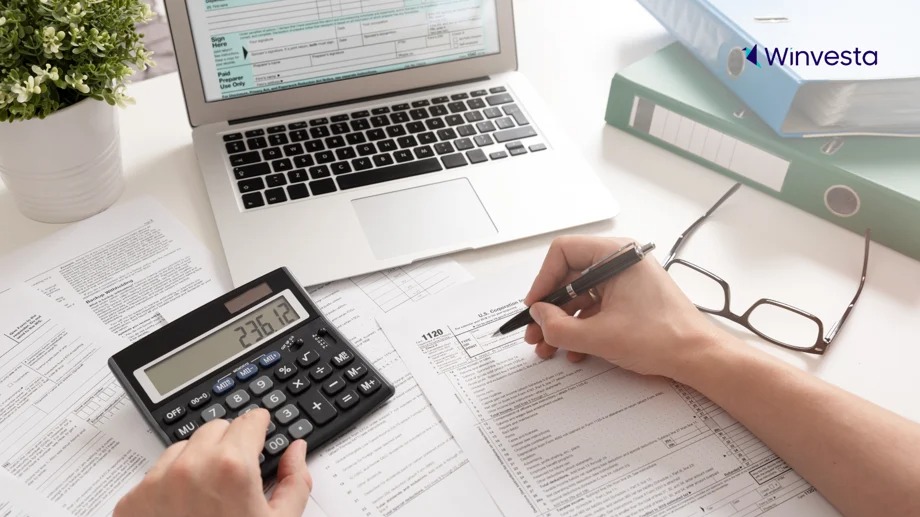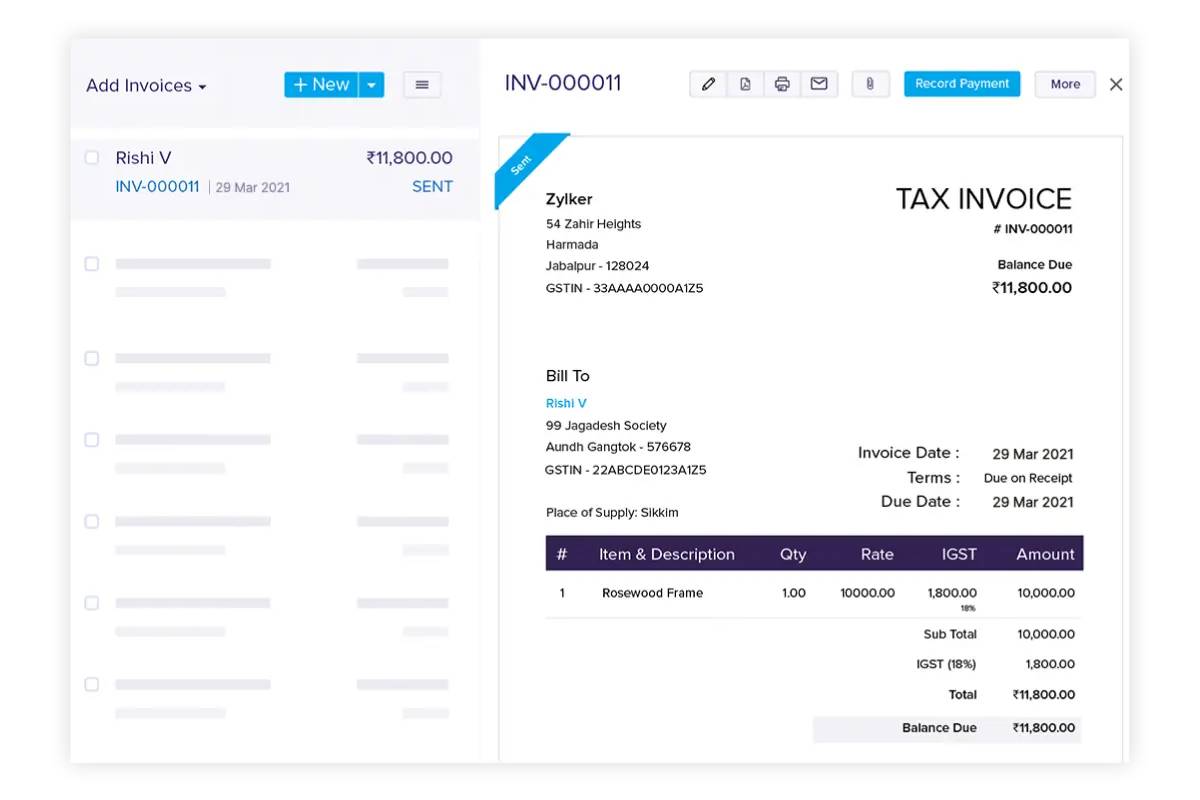
Income Tax Rates for Freelancers in 2025: What You Need to Know
Freelancing offers freedom — no office politics, no clocking in, no micromanagers. But it also brings a less glamorous responsibility: sorting your own taxes. And let’s be honest — the phrase UK tax rates doesn’t exactly spark joy.
Still, if you’re freelancing in 2025, understanding how the income tax system works isn’t just important — it’s essential. Whether you’re earning a few grand on the side or running a full-time self-employed business, you need to know where your money’s going and how much of it you get to keep.
This guide breaks down freelancer income tax in clear, simple language. We’ll cover current tax brackets, what they mean for your freelance income, and how to plan ahead so you’re not caught off guard come January 31.
Let’s turn confusion into clarity — and maybe even a bit of confidence.
How UK Tax Works for Freelancers
What Makes Freelancers Different?
As a freelancer, you don’t have an employer taking care of PAYE tax and National Insurance for you.
That means:
- You’re responsible for tracking your income
- You report it via Self-Assessment
- You pay any tax and National Insurance owed directly to HMRC
You’re taxed on profit, which is your income minus allowable business expenses. The good news? You may owe less than you think once expenses are taken into account.
Who Needs to File a Tax Return?
If you earned more than £1,000 from self-employment during the tax year (April 6, 2024, to April 5, 2025), you must register with HMRC and file a Self-Assessment tax return.
Even if you’re also employed and paying PAYE, any side-hustle earnings over that threshold must be declared.
Income Tax Bands for 2025

The UK uses a progressive tax system, which means that you pay different tax rates on different portions of your income.
2025 Tax Bands (for England, Wales, and Northern Ireland)
| Band | Taxable Income | Rate |
|---|---|---|
| Personal Allowance | £0 – £12,570 | 0% |
| Basic Rate | £12,571 – £50,270 | 20% |
| Higher Rate | £50,271 – £125,140 | 40% |
| Additional Rate | £125,141+ | 45% |
Key point: You don’t pay the same rate on your entire income. For example, if you earn £60,000, you’ll pay:
- Nothing on the first £12,570
- 20% on the next £37,700
- 40% on the remaining £9,730
Scotland Has Different Bands
If you’re based in Scotland, the system is slightly different, with more tax bands and slightly varied thresholds. You’ll still follow the same Self Assessment process, but check HMRC’s dedicated Scottish tax page for exact rates.
What About National Insurance?
Freelancers also pay National Insurance Contributions (NICs) on their profits, not just income tax.
2025 NICs for the Self-Employed
- Class 2 NICs: Flat rate of £3.45/week if you earn above £12,570.
- Class 4 NICs:
- 9% on profits between £12,570 and £50,270
- 2% on profits over £50,270
These contributions go towards your state pension, maternity allowance, and other benefits, so they’re not just a tax, but an investment in future support.
A Real-Life Example: Meet Ben the Freelance Designer
Ben lives in Manchester and works as a freelance graphic designer. In the 2024–2025 tax year, he earns £48,000 in total income and claims £6,000 in allowable expenses (for software, office equipment, internet, and travel).
Ben’s Taxable Profit:
£48,000 – £6,000 = £42,000
Here’s how his tax works out:
- Income Tax
- £12,570: tax-free (Personal Allowance)
- £29,430 taxed at 20% = £5,886
- Class 2 NICs
- Flat rate: £3.45 x 52 weeks = £179.40
- Class 4 NICs
- £29,430 x 9% = £2,648.70
Total Tax + NICs = £5,886 + £179.40 + £2,648.70 = £8,714.10
Ben now knows how much to set aside for his tax bill, rather than panicking in January.
Allowable Expenses That Can Lower Your Tax Bill
What Counts as a Deductible Expense?

Expenses must be “wholly and exclusively” for your business.
These can include:
- Office supplies
- Internet and phone costs (business portion)
- Software subscriptions
- Professional memberships
- Travel for work
- Marketing costs
- Home office usage (a percentage of rent, utilities, etc.)
Keep your receipts, use software like QuickBooks or FreeAgent, and stay consistent in how you categorise expenses.
Flat Rate Simplified Expenses
HMRC also allows certain flat-rate claims, especially for using your home as an office:
| Hours Worked from Home (per month) | Monthly Flat Rate |
|---|---|
| 25–50 hours | £10 |
| 51–100 hours | £18 |
| 101+ hours | £26 |
It’s not always better than actual expenses, but it simplifies the maths.
Self-Assessment Deadlines to Remember
Missing a deadline can lead to automatic fines.
So here’s what you need to note down:
- Register as self-employed: By October 5, following the end of your first tax year
- Paper tax return deadline: October 31
- Online tax return deadline: January 31
- Payment due: January 31 (first payment) and July 31 (if making Payments on Account)
Planning ahead can mean the difference between a calm January and a panicked scramble.
What Are Payments on Account?
If your tax bill is more than £1,000, HMRC may ask for advance payments toward next year’s tax.
These are split into:
- January 31: 50% of this year’s bill
- July 31: Another 50%
That means in your first year, you could be paying 150% of what you expected. It feels steep, but it prevents big bills from piling up later on.
Can You Reduce It?
Yes — if you believe your income will be significantly lower next year, you can apply to reduce your payments. But be cautious. Underestimating means interest charges.
Tips for Staying Ahead of Freelancer Tax
1. Open a Separate Bank Account
Mixing personal and business finances creates chaos.
A separate account:
- Keeps income and expenses clean
- Helps you save for tax more easily
- Makes bookkeeping far less painful
2. Save a Percentage of Every Payment
Many freelancers swear by the 25% rule: save a quarter of every invoice into a separate savings pot for taxes.
It’s simple, effective, and means no nasty surprises.
3. Use Digital Tools
Use accounting apps or even a solid spreadsheet to:
- Log income
- Track expenses
- Prepare for tax returns
- View your cash flow in real time
Tools like Xero, Sage, or even Monzo Business are designed with freelancers in mind.
4. File Early
You can file your Self-Assessment as soon as the tax year ends in April. The earlier you file, the more time you have to budget, and you’ll feel like an organisational genius.
Common Mistakes to Avoid
- Missing the registration deadline — easy to overlook, but costly
- Forgetting about National Insurance — it adds up
- Not claiming legitimate expenses — don’t pay more than you should
- Filing late — automatic fines start at £100
- Failing to set aside tax money — the January panic is real
Avoid these, and you’re already ahead of the curve.
Conclusion: Make Peace with the Tax Man

Freelance life can be unpredictable, but your taxes shouldn’t be. Understanding how UK tax rates apply to your earnings and how to manage freelancer income tax obligations puts you firmly in control.
It doesn’t have to be a minefield. You don’t need a finance degree or a stack of spreadsheets.
Just get to grips with the basics:
- Know your tax brackets
- Track your income and expenses
- Plan for NICs and Payments on Account
- Stay ahead of deadlines
You’re already juggling projects, pitches, and payments — don’t let taxes be the thing that breaks your flow. Master the system, and you’ll not only stay compliant but feel more confident and financially empowered.


